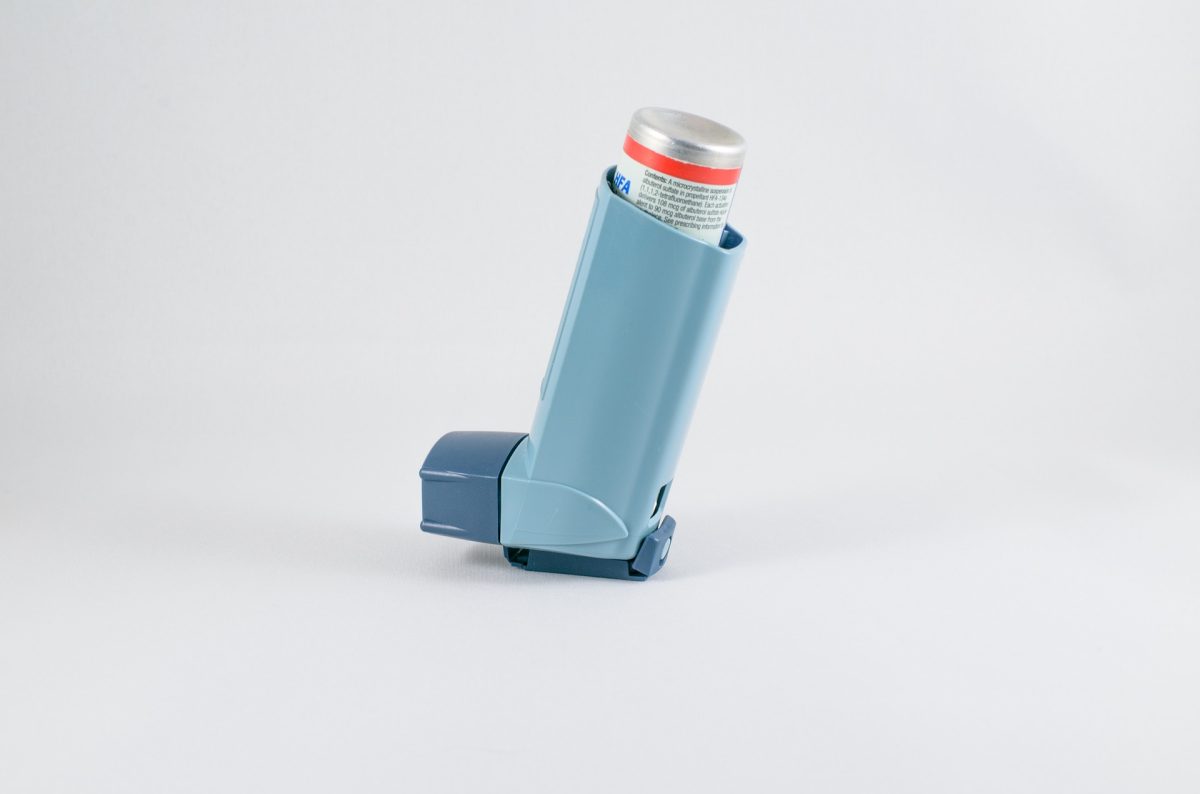If you’re one of the 25 million Americans who suffer from asthma, you know how difficult it can be to live with this condition. Many people feel like they are at the mercy of their asthma, and that there’s nothing they can do to improve their quality of life. This is not true.
But a few simple changes to your lifestyle and daily routine will help you dramatically improve your symptoms and overall quality of life.
How do you manage asthma symptoms?
1. Understand your asthma triggers and how to avoid them
Asthma is a common condition that affects the airways. Asthma attacks can cause shortness of breath, wheezing and chest tightness. These attacks can be triggered by a number of different things, including cigarette smoke, dust mites, pet dander, pollen and cold air. If you have asthma, it’s important to understand your triggers and take steps to avoid them.
For example, you might need to wear a mask when you are around dust or smoke. You may also need to take medication to prevent or control asthma attacks. By understanding your triggers and taking steps to avoid them, you can help to control your asthma and reduce the severity of attacks.
2. Make sure you have an up-to-date asthma action plan
An asthma action plan is a written document that tells you what to do if you have an asthma attack. It’s important to have an up-to-date asthma action plan so that you can manage your asthma effectively and keep it under control.
An example would be to have a Medicare Advantage Plan that takes into account your chronic condition. But the first step in creating an asthma action plan is to talk to your doctor or asthma nurse. They will be able to assess your individual needs and give you specific advice on how to manage your asthma. Also, they will be able to provide you with a template for an asthma action plan.
Once you’ve obtained a template, you’ll need to fill it out with information, such as your personal details, medication and emergency contacts. It’s important to keep your asthma action plan in a safe place so that you can easily find it in an emergency. Make sure that all members of your household are aware of its location. Reviewing your asthma action plan on a regular basis will ensure that it remains up-to-date and relevant to your current needs.
3. Take your medication as prescribed

It’s important to take your asthma medication as prescribed by your doctor. This is because asthma can be a very serious condition and uncontrolled asthma can lead to hospitalization or even death. Taking your medication as prescribed will help you to control your asthma and prevent exacerbations.
If you’re having difficulty taking your medication as prescribed, speak to your doctor about ways to make it easier, such as using a spacer device or taking a long-acting inhaler. Remember, it’s essential to take your medication as prescribed to keep your asthma under control.
4. Get regular checkups with your doctor
As mentioned above, it’s vital to get regular checkups with your doctor, especially if you have asthma. Since asthma is a chronic lung disease that can make it hard to breathe, the symptoms can vary from person to person, and they can range from mild to severe.
That’s why it’s important to work with a health professional to develop a personalized asthma action plan. This plan will help you identify your triggers, manage your symptoms, and prevent asthma attacks. Getting regular checkups with your doctor is essential for keeping your asthma under control.
5. Monitor your symptoms and take appropriate action
For those with asthma, it’s important to monitor symptoms carefully and take appropriate action when necessary. There are many different asthma triggers, including allergies, cold weather and exercise. Paying attention to your body and how it reacts to different situations can help you avoid asthma attacks.
If you start to feel short of breath or your chest starts to tighten, for example, take a quick break to rest or use your rescue inhaler. It is also important to have a plan in place in case of an asthma attack.
This tactic should include directions on how to use your medication, as well as when to seek medical help. By monitoring your symptoms and taking appropriate action, you can help keep your asthma under control.
6. Educate yourself and those around you about asthma
Asthma is a chronic lung disease that affects people of all ages. It’s characterized by episodes of wheezing, shortness of breath, coughing and tightness of the chest. Asthma can be very serious, and even life-threatening.
That’s why it’s so important to educate yourself and those around you about the condition. There are many things that people with asthma can do to manage their condition and prevent attacks.
First, it’s important to identify any triggers and avoid them whenever possible. Common triggers include smoke, dust, cold air, exercise, and strong emotions. Second, use appropriate medications as prescribed by a doctor. Inhalers are a common treatment for asthma, and they can be used to relieve symptoms or prevent attacks.
Finally, create an Asthma Action Plan with your doctor. This plan should include instructions on how to identify and treat an asthma attack. By taking these steps, you can help to keep yourself and those around you safe from the potentially dangerous effects of asthma.




